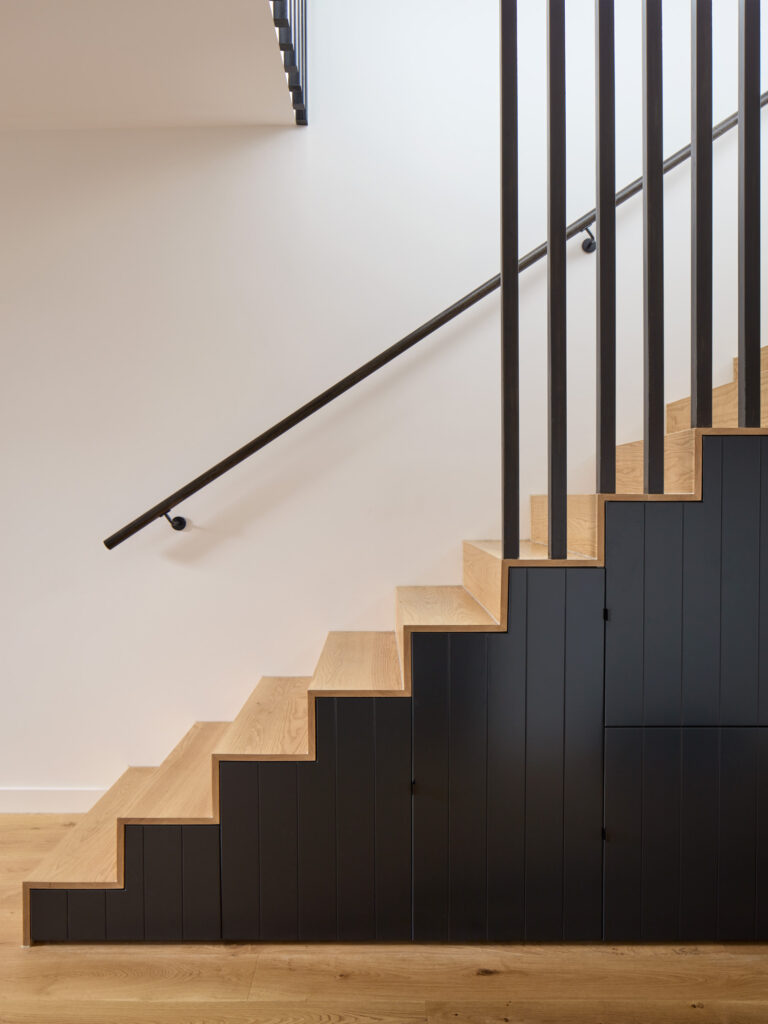Why Fee Bidding Isn’t the Best Way to Choose an Architect
July 2012
Choosing an architect based solely on the lowest fee is one of the quickest ways to undermine your project’s success. While it might seem like a way to save money, it often leads to false economy and rarely delivers the best architectural outcome.
How Are Architects’ Fees Usually Set?
Architects typically set their fees through negotiation with clients. They calculate the amount necessary to provide their services effectively and then quote that fee. Often, there is a process of discussion and adjustment between the architect and client until the scope of services and the fee align with what the client can afford.

The Downsides of Fee Bidding
A significant portion of architectural fees covers the architect’s time. When a firm is chosen solely for offering the lowest fee, they may limit the time they spend on your project to manage costs. This can compromise the value of your investment, as less time often means fewer opportunities to:
- Optimise the use of your site
- Minimise ongoing maintenance costs
- Reduce energy costs over the building’s lifecycle
- Achieve an exceptional design rather than a merely adequate one
- Produce high-quality documentation
Architects’ Fees and Lifecycle Cost
Architectural fees typically range between 0.1% and 1% of a building’s lifecycle cost—the total cost of a building over its useful life. While reducing fees may seem like an immediate saving, the impact on the long-term performance and cost of your building can be far greater.
Why You Should Choose the Best Architect, Not the Cheapest
Selecting the best architect ensures a project that truly meets your needs, a design you can be proud of, and a building that provides the best long-term value. Investing in quality design pays off in functionality, aesthetics, and cost efficiency over the life of your building.
If you have a project in mind, we’d love to hear about it. You can reach us here.
Disclaimer: This blog is intended for general informational purposes only and does not constitute legal, financial, or professional advice. While every effort has been made to ensure the accuracy of the information provided, no responsibility is accepted for any errors, omissions, or consequences arising from its use. Readers should seek professional advice tailored to their specific circumstances before making decisions related to their building project or contract.
